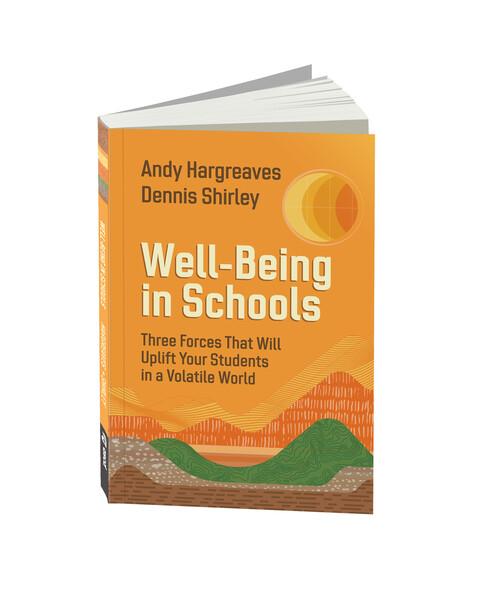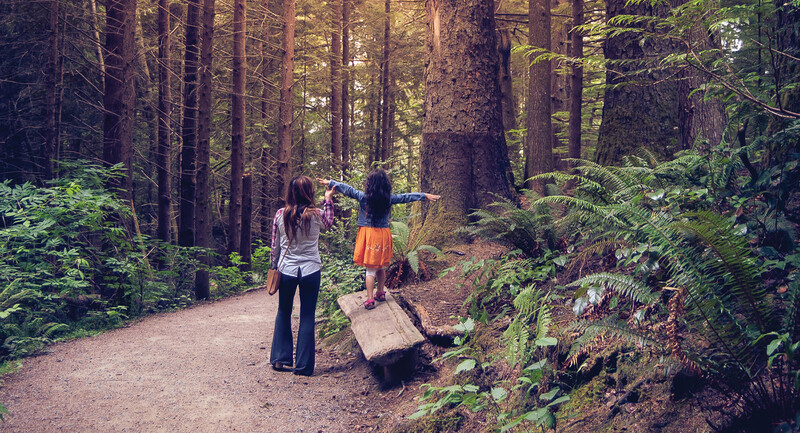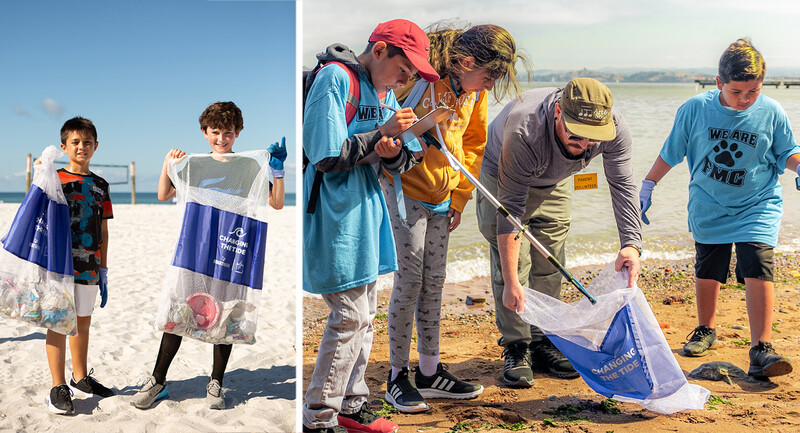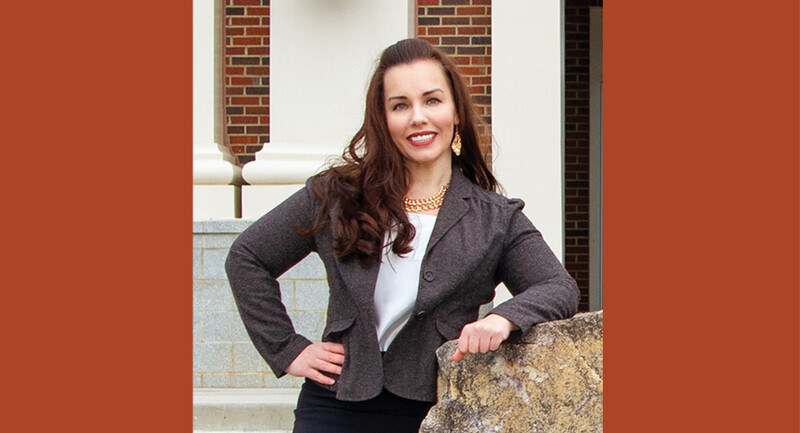With COVID-19 persisting, the reopening of schools this fall was not as free of health and safety complications as many of us had hoped. But as vaccination, masks, and distancing protocols increasingly make a return to in-person learning possible, the question remains: What should educators do next? Everything seems like it needs fixing. Where should we start?
Commonly Recommended Paths Forward
Many want to make addressing learning loss the priority. Because of interrupted schooling, students—especially kids from the poorest families and those with disabilities—have fallen behind where they would normally be. So shouldn't we first use standardized tests to figure out where learning gaps are and "plug" those gaps with extra classes, tutoring, and additional instruction in basic skills?
Others believe we should start with social-emotional learning, putting Maslow before Bloom to make sure everyone is healthy and safe. There are signs the pandemic created mental health problems for many kids. Cut off from friends and with few means to develop or validate their identities, teenagers were especially vulnerable. Perhaps the first order should be bringing in more counselors and mental health supports, developing calming strategies like mindfulness, and scaling back academic pressures.
We could also capitalize on the digital dividend the pandemic has thrown our way. Millions of kids who once had no digital devices now have them. Teachers have improved their digital proficiency, and we've theoretically instilled the habit of self-directed learning in more students. Isn't this the perfect time to make innovative ways of learning digitally more mainstream, and inject some virtual fresh air into staid teaching methods?
Avoiding False Trails
Tempting as these pathways out of the schooling disruption of the past two years appear, none of them should be our chief priority right now. First, let's look again at the idea of learning loss. After everything our kids have gone through, administering still more testing, propped up by narratives of "what has been lost" will likely only inflict more anxiety and diminished engagement on them.
We shouldn't ignore what children have missed academically, but we shouldn't use a deficit-focused testing approach to drive our response. For one thing, teachers worth their salt already know who's being left behind; they don't need the testing industry to tell them. And we shouldn't overlook what many children have gained while learning was virtual. Some children with ADHD learned better when they could walk around and fidget. Other students connected more deeply with the languages and heritages of their families and cultures. Some children thrived once they were protected from bullying or shielded from the boring rituals of test preparation. The return to school-based learning should be accompanied by a more dynamic curriculum that serves all students—including students like these.
Second, we need to rethink the role of social-emotional learning. The pandemic brought well-being to the front of educators' minds, as we realized it's hard to succeed if you are hungry, stressed, or traumatized. But well-being isn't just a prelude to learning or a simple support for it. Well-being is an integral part of academic learning. If we treat well-being as being only about safety, security, and protection from harm, we're ignoring the higher levels of Maslow's hierarchy, where well-being and inspired teaching go hand in hand. We shouldn't stuff well-being and achievement in separate silos, but instead bring these two elements together. Greater stimulation and success in the classroom are a big part of what makes kids feel well, happy, positively challenged, and flourishing.
As schools look to recover from the pandemic, let's bring magic and mystery into learning and teaching.
Finally, although the pandemic led to a rush of exuberance about the potential of digital learning, it soon become apparent that digitally based learning from home can be as much a curse as a blessing. Many kids just switched off their cameras or devices when they'd had enough. Children's screen-time ran far in excess of the usual. Teachers as well as children were denied the joys of in-person interaction that is a lifeblood of teaching and learning. We can certainly build on the opportunity to create better digital learning—and to make better decisions about how best to use that mode of learning—that the last 18 months provided. But investing in wholesale transformations of teaching and learning to all digital or even to hybrid models shouldn't be a high priority right now.
The Right Trail to Follow: Engagement
So if rectifying learning losses, prioritizing well-being, and going full-on digital are false trails of improvement in our schools, what paths should we pursue? Drawing on my work with educators in isolated rural schools in the U.S. Pacific Northwest between 2010 and 2018, I believe the best paths forward will be those that increase students' engagement with their learning, with each other, and with their lives.
One problem with at-home learning during the height of the pandemic was that many kids disengaged from school learning altogether. Endless hours of screen time were too much for them, so they switched off. In many cases, young people living in poverty or in isolated communities couldn't even do virtual learning because they didn't have devices or reliable wi-fi access. Huge numbers of kids just fell off the grid altogether.
These extreme levels of disengagement have been devastating for many kids and disheartening for teachers. Early in the pandemic, a survey conducted by Education Week reported that 42 percent of teachers believed levels of student engagement had dropped compared to before the coronavirus (Herold & Kurtz, 2020). A 2021 survey of teachers in Alberta, Canada, found 75 percent worried that their students were struggling with their learning (Alberta Teachers Association, 2021). And disengagement was already a problem before the pandemic; surveys of U.S. students often found many were uninterested in school, with disengagement increasing through middle school and into high school (ASCD, 2016).
Teachers know getting kids engaged with their studies lies at the heart of learning. They know that generally, if a student isn't engaged with the learning, there's something wrong with the instruction or something amiss in that student's life. The educators that (my colleague and fellow researcher) Dennis Shirley and I worked with in the Pacific Northwest understood this. With the aid of a federal grant, the Northwest Comprehensive Center in Portland, Oregon, sought our expertise in system building to help it design a network connecting educators in five states, hoping to narrow achievement gaps between rural, poor students and more mainstream American students by combatting the isolation of rural schools. Members of the network named it NW RISE and chose student engagement as their primary focus. If they could increase engagement by planning and teaching inspiring lessons and projects, they believed, students would experience greater success. They succeeded partly because they were able to surmount certain obstacles to engagement.
Getting Around Obstacles
There's no shortage of research, books, and workshops on how to increase student engagement. Yet levels of student engagement don't seem to be improving. This failure to increase engagement isn't due to lack of motivation among teachers, but to obstacles present in our school systems that obstruct teachers' efforts. These obstacles must be confronted and overcome if we are to forge new paths of engagement for all students as we try to move past pandemic-conditioned learning. Let's look at three of these possible paths, along with the obstacles that impede progress along them.
Magic and Mystery—and What Gets in the Way
Forty years of school reform in the United States have imposed large-scale testing and prescribed content and standardized teaching methods to raise standards and narrow achievement gaps (Koretz, 2017). These measures have been widely condemned as ineffective, expensive, and destructive to students' motivation.
Many believe testing and standardization steal the magic from teaching and learning, robbing schools of imagination and creativity. Several countries, such as Wales, have abandoned large-scale testing to pursue a more inspiring national education effort that values ambitious, capable learners; creative contributors; ethical, informed citizens; and healthy, confident individuals. Some U.S. states, including California, have also started to roll back tests.
Still, testing proponents in the United States, England, and Australia, aren't giving up. Following a year-plus of distance learning, they argue, testing is needed for accountability and to design interventions to deal with learning loss. I believe this is a weak argument, and that following it—so that students' back-to-school experience is dominated by more rote instruction—will lead many students to regret ever returning to their schools.
Failure to increase student engagement isn’t due to lack of motivation among teachers, but to obstacles present in our school systems that obstruct teachers’ efforts.
Educators in the rural communities Dennis Shirley and I worked with have developed engaging curricula for students, including hands-on projects connected to local culture or local problems. In part, they were able to do this because their isolation protected them from the pressures of standardized testing: There were no neighboring charter schools or private schools competing with them, and the offices of the state department were so far away that supervisors couldn't easily check up on them. As schooling finds its way after the pandemic, urban and suburban schools need to have more of the freedom to innovate that these rural schools have enjoyed.
Infusing Learning with Meaning and Purpose
We're not just in a pandemic; we're living amid multiple and interrelated global crises, from climate change to rampant wealth inequality to attacks on democracy. Our schools can't educate students well if we ignore the world around them. So how should schools respond?
Instead of relegating social studies to the margins, we should be helping young people learn about things like the Holocaust and racism—and what happens when democracy dies. Instead of filling children's time with screen-based activities or test prep, we should get kids outside to develop their physical and emotional health and establish an early relationship to the environment, so they'll care for it later. And in addition to developing skills of financial literacy, young people need to develop ethics of financial responsibility in terms of paying their fair share and contributing to the public good.
Educators might need to push against the obstacle of having students' learning driven by extrinsic rewards like test scores, grades, or even praise so that their learning becomes more driven by the intrinsic meaning and purpose invested in it. That meaning may not always be world-changing, but we should at least guide children to be able to articulate what they are learning—and why.
Schools in the NW RISE network infuse their projects with such meaning and purpose. Teachers in one Oregon school used protests against the exploitation of natural resources in a national wildlife refuge to get students engaged with arguments between environmentalists and business groups. Learners in a Washington state community on the banks of the Columbia River studied salmon populations, both to connect with the heritage of the local Wishram Native American tribe and to generate ideas for reviving the local economy through fishing and tourism.
Meaning and purpose can be locally relevant and globally profound, or simply connected to students' existing and emerging interests. The key thing is that students see the point of what they're learning, to spur their motivation and help them persevere. Now is the time to transform curriculum to engage all students, as these rural schools did.
Beyond "Fun" to Mastery
One misconception about student engagement is that it's all about making learning fun. But climbing a mountain, learning complex guitar chords, or pursuing a PhD don't always feel like fun. Yet such activities can be intensely engaging.
Hard-earned accomplishment provides more lasting fulfillment and engagement than fleeting moments of fun. Mastery involves command of a knowledge or skill and the capacity to exercise self-control in the face of obstacles and setbacks. If you've ever been at the peak of your powers as a teacher, leader, artist, or athlete, you know what mastery feels like.
My colleagues and I have witnessed students' quests for mastery in the NW RISE network schools. In Healy, Alaska, students labored hard to construct a high-tech aquaponics kit to help their community learn to develop sustainable fishing and agriculture locally, instead of relying on imported food. In Powers, Oregon, a social studies teacher organized his modern history class around critical incidents like the Great Depression, World War II, and the War in Vietnam, and supported students to masterfully debate weighty issues around these events. To bring history alive for students, he also made a Spotify playlist of songs related to key eras—the blues, ragtime, big band, the Beatles—and included current hip-hop artists like Public Enemy.
Based on internal evaluations, NW RISE network project staff have found that the changes described here have indeed boosted engagement. In a 2017 survey, for example, 93–95 percent of participating members reported that network collaboration had resulted in improvements in teacher engagement, student engagement, and student learning (compared to 86–88 percent in 2016).
Exercising Wisdom
As schools look to recover from the pandemic, instead of focusing on "learning loss" and persisting with heavy standardized testing, let's bring magic and mystery into learning and teaching. Instead of trudging through lessons and units to meet testing requirements or bureaucratic standards, let's infuse the curriculum with meaning and purpose to arouse young people's passions and address compelling issues. And instead of trying to make everything entertaining, let's ensure that learning technologies and other innovations let students experience the mastery of hard-won accomplishment, while increasing achievement.
A Welsh proverb says, "From adversity comes knowledge; from knowledge, wisdom." The pandemic has equipped us with greater knowledge about student engagement and disengagement. Let's show wisdom by avoiding a return to the worst of a disengaging past and embracing an educational future full of magic, meaning, and mastery.
Reflect & Discuss
In what ways could you or your school infuse more meaning and purpose into your curriculum? What specific projects or learning priorities come to mind?
Do school systems focus enough on student engagement? If not, why do you think that is?
What obstacles most get in the way of making instruction more engaging in your school?
Well-Being in Schools
Andy Hargreaves and Dennis Shirley on uplifting students.










